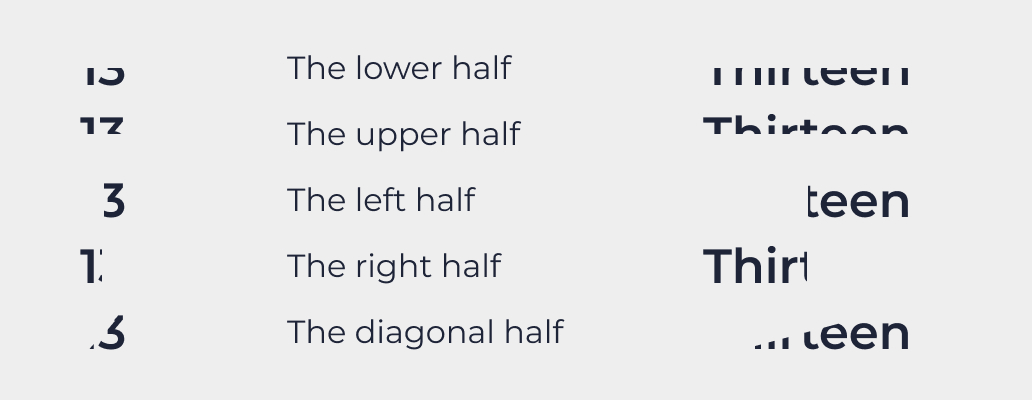Season 1: The Business World, Knowledge, and Models – A whistle-stop tour of concepts
E2 – Knowing and knowledge:
How humans detect patterns is a fascinating study—more on that later. Regretfully, we will start with the assumption that our senses are up to the job. What happens later is worth pursuing.

The last image above is a combination of the other four. When we lay down all four lines on each other, we see they all start at the same point and end at the same point. And roughly pass through the same middle point. This pattern is detected by a vast and complex machinery in our head—it’s called neural network and it forms our brain. The nice thing about it is once it realises it has made a mistake, it can revise its learning and use this the next time.
What happens when a line nearly goes through the centre—well—the network learns that it is almost the same as the other lines and can report it as such. Isn’t this remarkable?
Neural networks, thus, have the powerful ability to organise themselves on the examples presented—and they learn. This is how we learn the intricacies of a game of cricket, recognize letters and numbers, know emotions like happiness and anger, delve into beauty and truth. etc.
By learning newer patterns, the neural networks can see more patters—it is like this—the more we know, the more we are able to know…
Our brain continuously extracts features from the world surrounding us. These features are then wired in the detectors we are born with or have learnt over the course of life. This becomes our personal paradigm.
Remember that all these personal paradigms are flawed in a way. They represent only one (that is our) point of view. This both helps and limits our ability to understand.
Take a moment to follow the below sequence:
A E F H I K L M N T
Or try
A B E G H J K O T U
What is the next letter in the sequence?
Another question…
What is the half of thirteen?

Moving on from these fun examples…
Data Science and Ideas – translating into business.
New ideas = New combination of old elements.
Data science is the search for ideas.
Mind you, there’s no data science tool that will put human creativity out of business, yet!
Data science should be carefully done inside a business structure that is carefully designed to reveal hidden assumptions, uncover needs, determine problems, discover data, establish costs, and in general explore the whole domain of business problem.
The most difficult part of finding a solution is accurately finding and stating the problem.
Taking data apart
Data science is not a new activity—though it’s a new name. It has been there since the 30s, with names like decision support systems, data mining, analytics, data science. It has always been associated with the quantitative way of looking at world.
One problem with the quant approach is ‘numbers do not always seem to match our intuitive experience’. Our primary experience with the world is always qualitative.
For instance, in forecasting future insurance premia, a data scientist would say — “ignoring all other things and focusing exclusively on features on hand, predicted premia is $x”. Here ‘x’ is simply a symbol calculated by some set of rules. But in real life, premia represent more than a dollar figure.
Think what does the premia mean to us?
Good premia forecasts mean hope for the future, anticipated future salaries, vacations, health care, pay raise, employment, and a whole host of other qualitative feelings. Bad premia projections mean reduced income, alternative employment, or firms going bust.
Data scientist just needs to produce ‘x’ as a forecast—BUT– s/he must be absolutely familiar with the framework of the insurance business in which s/he is building this model.
No amount of data science can supersede a qualitative experience. It is no good saying numbers don’t lie. Of course, they lie—all of them—at least by omission or because they hide more than they reveal.
However, if we are careful in checking them against the real business world, the insights can be useful.